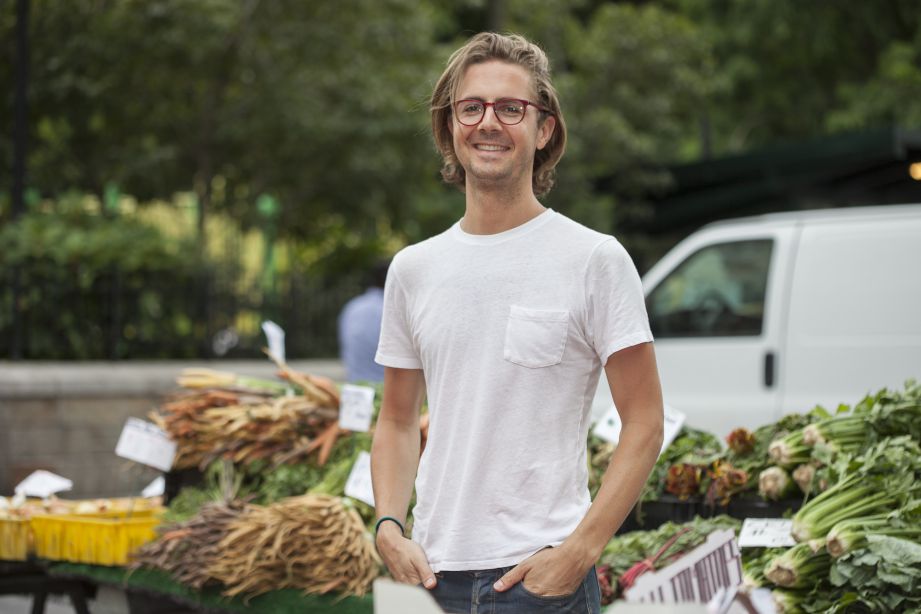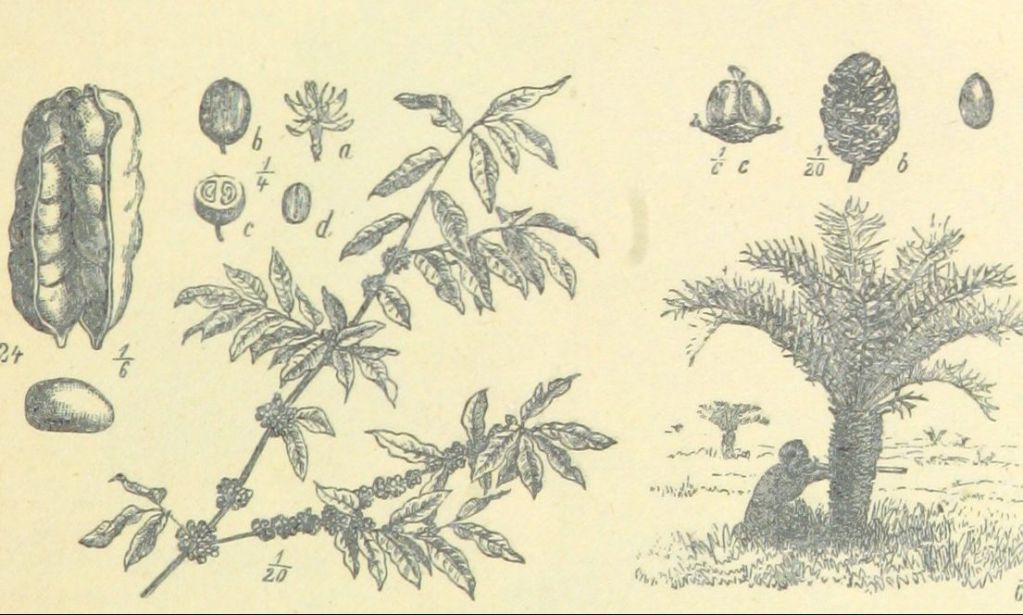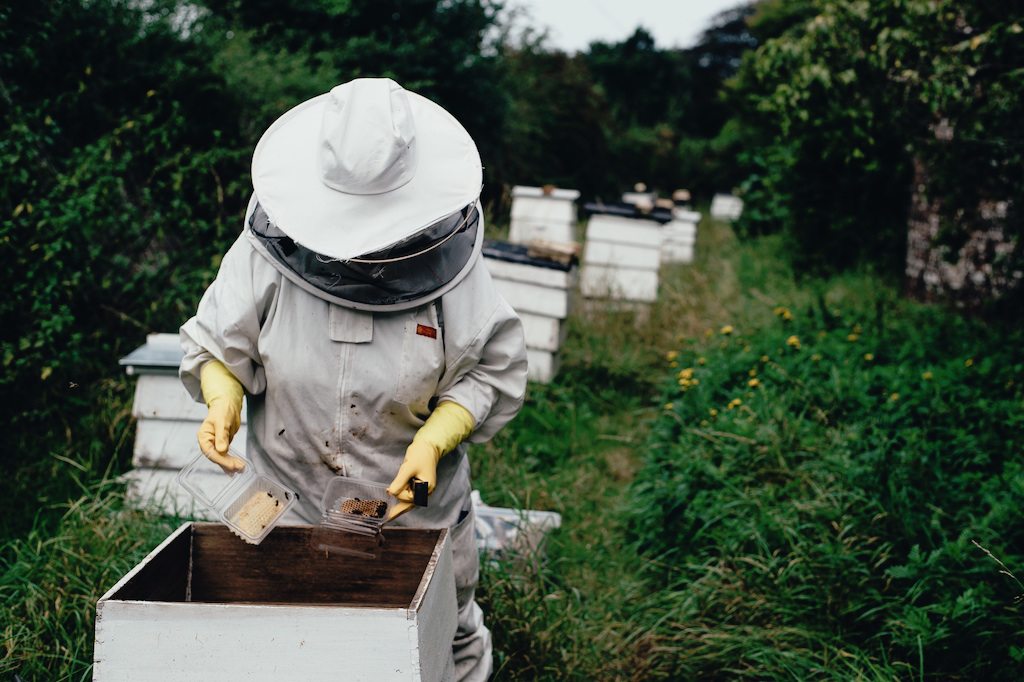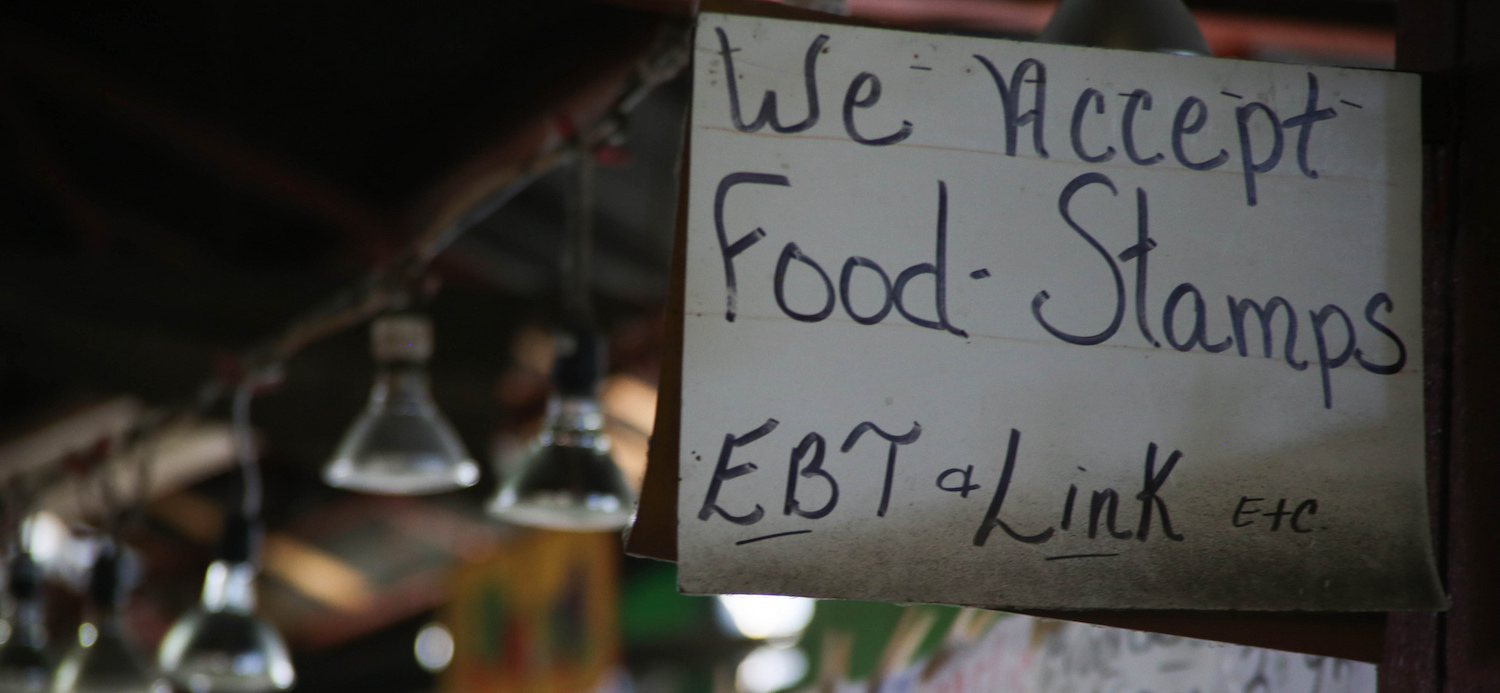
Made by Lukas
Lukas Volger’s “Made By Lukas” veggie burgers aren’t like anyone else’s. Instead of frozen, pre-shaped patties, Volger sells a refrigerated mash of veggies, grains, seeds, and spices: You scoop the mix like raw ground beef from a pint-sized plastic tub and shape each burger by hand. The end result doesn’t try to look or taste like meat. Volger’s three product lines—kale, beet, and carrot-parsnip—unabashedly embrace the color and flavors of fresh vegetables.
The novel approach is making progress: After only two years, Made By Lukas is carried in 50 to 60 stores, including Whole Foods locations in Manhattan and Brooklyn. And it has attracted media attention—including coverage in the Wall Street Journal and elsewhere when the product took top honors at this year’s Food + Enterprise Pitch Competition. Even so, Volger says he’s started to appreciate why his competitors do things the old-fashioned way. For all its appeal, he’s learned that innovation has its downsides.
 Made by Lukas
Made by Lukas A Made By Lukas burger shows off its beet-red hue
New ideas, new problems
Made By Lukas plays into several key trends: It resides in the refrigerator case, where sales are growing; it requires hands-on cooking, which customers are increasingly interested in; and by moving away from the meat-replacement concept, it appeals to carnivore and flexitarians as well as vegetarians. And yet Made By Lukas’s biggest asset—that it’s sold fresh—is also its biggest liability. Fresh also means perishable; while a conventional veggie burger can stay in the freezer case for months, Made By Lukas mixes have a three-week shelf life—not much time for an unfamiliar product.
“When I was first launching, the second the product arrived, I’d have to get in there with a demo to make them sell it before it expired,” Volger says. “I wish I’d understood that a bit better before I launched.”
 Made By Lukas
Made By Lukas Made By Lukas’s biggest asset—that it’s sold fresh—is also its biggest liability.
The product also suffers from a confused retail identity. Shoppers who look for veggie burgers in the freezer aisle—and who doesn’t?—might never stumble on Made By Lukas in the cool case by the tofu. “We certainly have to teach customers to look for veggie burgers in a new section of the grocery store,” Volger says.
Then there’s the learning curve. While adventurous customers are drawn to the product’s unfamiliarity, Volger says just as many aren’t sure what to make of it. Between the people who can’t find Made By Lukas, and the people who don’t know how to prepare it, Volger and his team members spend a lot of time in stores.
“It really comes down to doing the demos, interacting with people, and showing them how to use it,” Volger says. The second somebody sees us scooping it out of a container, treating it exactly as you would ground meat, they immediately understand the idea.
“I should be doing demos 24/7.”
From a kitchen counter to Whole Foods
It was 2010 when Volger, author of a line of vegetarian cookbooks, first decided to market the fresh, from-scratch veggie burgers he’s cooked since he was a teen. “My homemade ones tasted like vegetables, had authentic textures, and were genuinely healthy,” he says. “It was clear there was an opportunity to do something vastly better than what the current offerings were.”
It took a long time to get the recipe right. Volger couldn’t afford commercial kitchen space, so he partnered with a limited-menu bar, Dave Liatti’s 61 Local, in Brooklyn. “Dave let me put veggie burgers on the menu,” Volger says. “I got to develop and start scaling up my recipes in that context. Dave let me use the kitchen during its downtime, and he bought burgers from me, and this actually financed most of my start-up costs.”
As the business came closer to launch, Volger realized he needed to free up time for business development. So he transferred production to CYRE, Inc., a co-packer in Lake Katrine, New York. Despite all the work he’d already done, it took another six months to develop a recipe that worked at commercial scale. The effort was worth it, he says.
“Having a co-packer allowed me to focus more on meeting people and doing promotional stuff and building a brand,” Volger says. “That’s the business side, which has been the steepest learning curve you could imagine.”
Which is to say: there are still kinks to work out. Volger’s spending too many of his own hours doing demos and not enough on development. “I’m trying to find ways to build the team a little bit,” he says. “But we’re not bringing in any crazy money right now, so there’s not a lot left for that.”
The money might be better if Volger’s margins were higher. “One of the problems with not having a business background was I probably didn’t price things right at the beginning,” Volger says. “We don’t make a great margin right now.” That’s at least partly attributable to a market event he couldn’t have anticipated: Shortly after Made By Lukas launched, almonds—already his most expensive ingredient—doubled in price, throwing his projections out of whack. What’s the next step? Hunting for investors? Toughing out a period of slow sales growth? Adding a new line of burgers with no almonds and a lower cost of goods sold to bring up margins? Before launch, everything sounds good. Afterward, not so much.
“You’re kind of in a bind because you have launch before things can become real,” Volger says.
For new products, big opportunity and big challenges
One way or another, we’ll be seeing more companies like Volger’s that offer new takes on established categories and boldly strike out for new territory. That, at least, is the opinion of John Grubb, a marketing and strategy executive at Sterling-Rice Group.
“What you’re seeing is a real intense competition for retailers for differentiation,” he says. “They’re interested in an offer that may be novel and not available at Safeway.”
That was certainly Volger’s experience. “It’s been really easy to get into accounts, and Whole Foods was quick to pick us up,” he says. “This has been the case with almost everybody we’ve reached out to.” But, as he’s learned, persuading store buyers is not the same as moving product once you’re actually in the store. When you’ve won the battle to get on the shelf, the next battle starts, and it’s just as important.
On both fronts—convincing buyers and convincing shoppers—having a unique product is a mixed blessing. David Fikes, a retail expert with the Food Marketing Institute, cites a retail paradox: In grocery stores, the most important product qualities are imitation and differentiation. Both kinds of products must be found on the shelves, and will be sought by retail buyers—but each approach poses a different set of challenges for entrepreneurs.
Anyone creating a consumer good should position themselves wisely on the imitation-differentiation spectrum, and be ready to confront the attendant challenges. And even though uniqueness comes with problems, it’s as viable a strategy as ever.
“It is a great time to rethink food business models,” Grubb says. “The large CPGs are almost all experiencing negative top-line growth and outsized profit declines encumbered by their large, inflexible manufacturing infrastructure and declining relevance to consumers. The crumbs falling off their tables are very meaningful to more nimble companies. “













